New Botox Research Establishes Glabellar Contraction Patterns
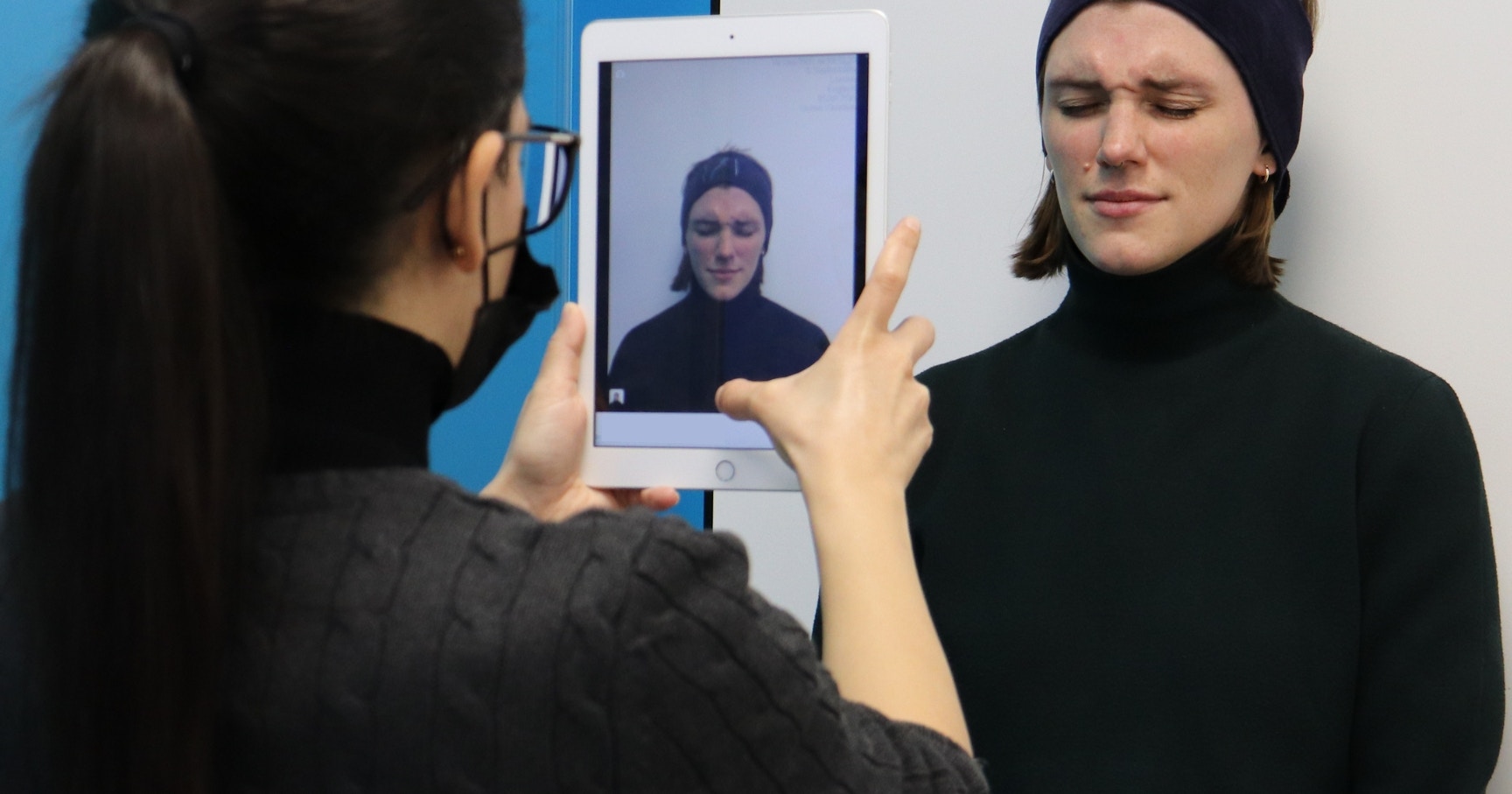
New research has been published establishing glabellar contraction patterns, allowing inferences to be made regarding botox injection techniques.
It was conducted by a respected global team, including our Academic Director, Professor Sebastian Cotofana. Professor Cotofana is a highly regarded anatomist whose work has significantly influenced injection techniques globally, particularly concerning facial anatomy and safety.
Here we explain the study’s key findings and how they should influence your toxin injection technique for the glabella.
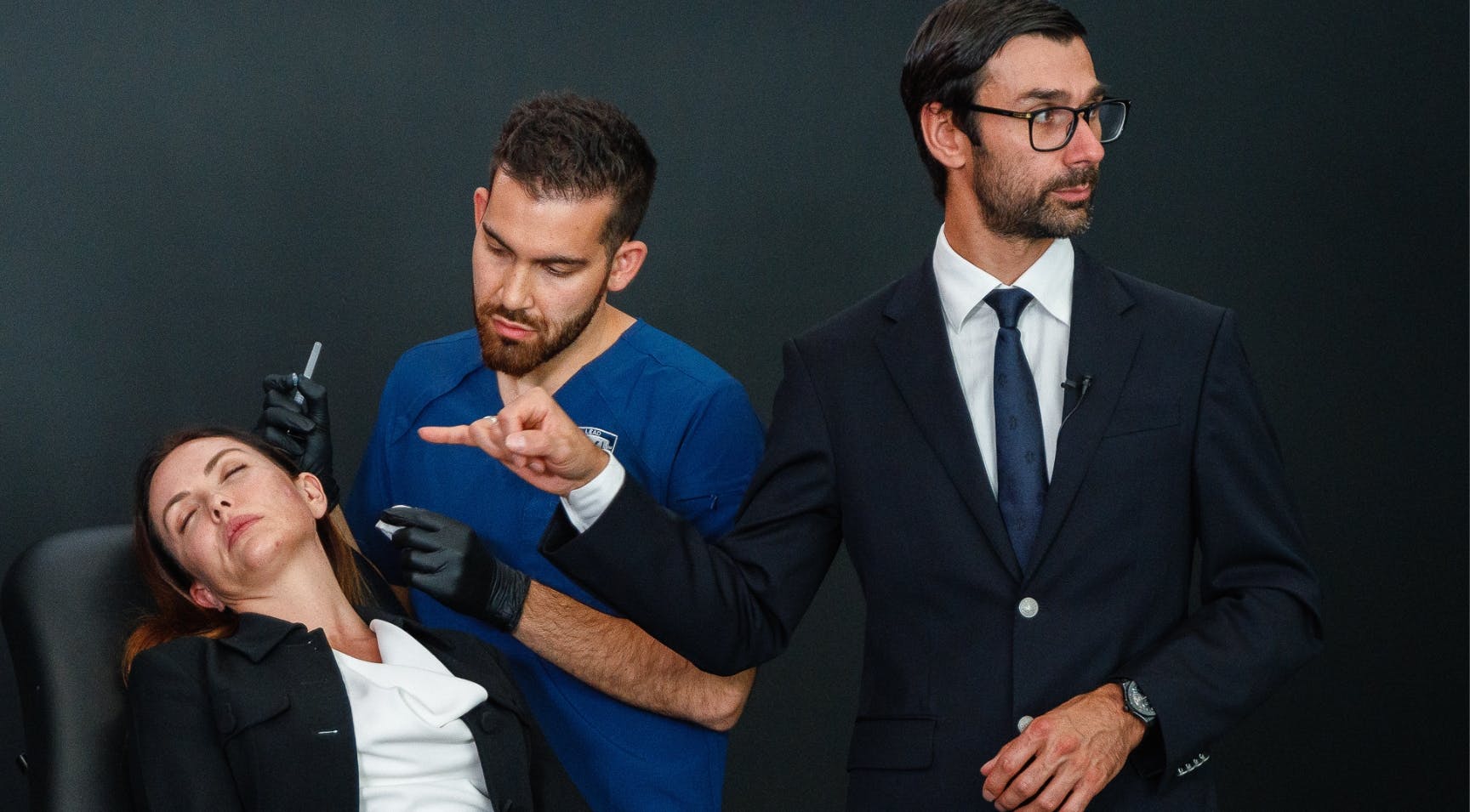
Botox injection techniques for the glabellar lines
Before we get into the details of this new research, let’s first establish best practices for injecting the glabellar lines with toxin.
The glabellar region comprises several muscles, primarily the procerus and corrugator supercilii.
- Procerus - this muscle runs vertically between the eyebrows, contributing to horizontal glabellar lines
- Corrugator supercilii muscles - these are located deeper and pull the eyebrows medially and inferiorly, causing vertical glabellar lines known as ‘11s’.
The supratrochlear and supraorbital nerves and vessels also pass through this area. This raises the risk of potential complications such as ptosis or diplopia, if injections aren't precise.
Whilst using forehead filler to treat the glabellar is considered one of the most high risk aesthetic treatments, it’s less risky to treat this area with botulinum toxin. Highly targeted injections are still required, however, for safe, effective results.
There are two common approaches to treating the glabellar:
- 3-point injection technique
- 5-point injection technique.
3-point injection technique
This, as the name suggests, involves injecting the glabellar at three separate points. These are typically administered as follows…
- 1 injection targets the procerus muscle, at the midline, just above the nasal root
- 2 injections target the corrugator supercilii muscles, one in each eyebrow, at the point of maximum muscle bulge upon frowning.
- Commonly, 4 units of toxin is injected in the procerus and 4 units in each corrugator, however, this should be tailored to the unique anatomical presentations of the individual patient.
5-point injection technique
The 5-point technique typically involves:
- 1 injection into the procerus muscle
- 4 injections into the corrugator supercilii muscles (2 in each), targeting both the medial and lateral heads of the muscle
- Total units range depending on individual factors including the patient’s anatomy and muscle strength, but 20 total units is fairly standard. This is usually distributed with slightly lower doses to the procerus and the remainder being divided among the four corrugator injection sites.
3-point versus 5-point glabellar injection technique: pros and cons
Pros of the 3-point technique
- Simplicity - Simpler, quicker
- Effective for many patients
- Generally lower risk due to fewer injection points
- Less risk of causing eye lid ptosis as you’re not injecting near the supraorbital foramen or notch
Cons of the 3-point technique
- Less precise targeting of corrugators compared to 5-point technique
- Less adaptable to individual muscle variations
- Patients may still have movement from depressor supercilli above brow
Pros of the 5-point technique
- More precise targeting of corrugator muscle
- Offers more room for better personalisation / More adaptable to individual muscle variations
- Potentially more effective for strong/complex muscle activity
Cons of the 5-point technique
- Takes slightly longer to administer than the 3-point technique
- Slightly higher risk of eyelid ptosis as lateral points are over the supraorbital foramen or notch
- More involved botox training to execute this technique properly (minimally so).
At Harley Academy, you’ll learn both approaches during initial botox training no matter which of our novice-level aesthetics courses you choose. From the theory and technique to mannequin practice then treating your first real patients under one-to-one mentorship. Our Foundation Training in Medical Aesthetics can be undertaken on its own, as part of our Aesthetics Accelerator programme or as the first phase of our Ofqual-regulated qualification, the Level 7 Diploma in Cosmetic Injectables.
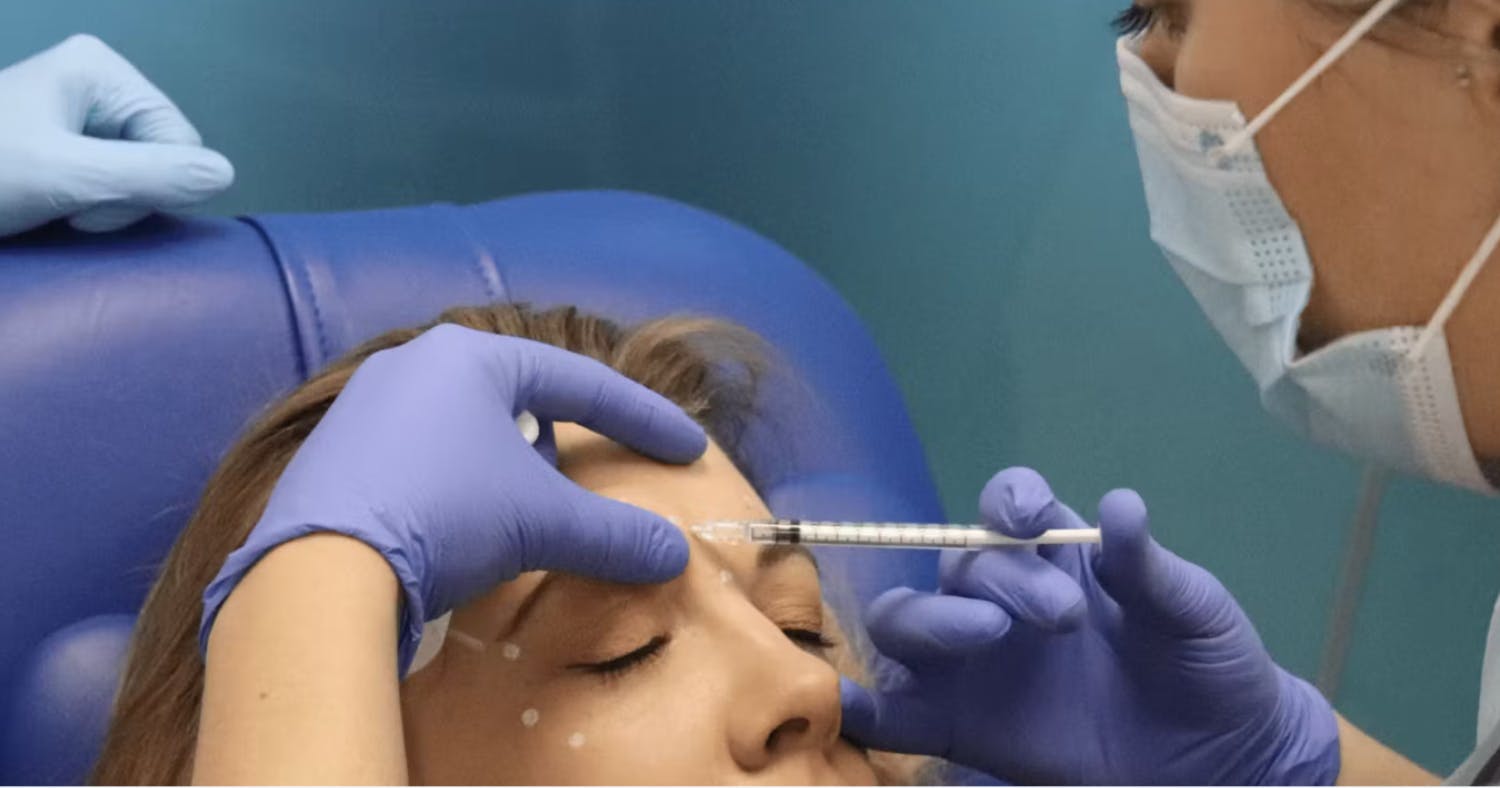
Studying glabellar contraction patterns - 2024 & 2025
Now let’s get into this new research. It’s worth noting that this builds on a previous MRI-based study from Poland which investigated glabellar contraction patterns. This was published in the Aesthetic Surgery Journal in December 2024 and involved our Academic Director, Professor Sebastian Cotofana.
The findings from this 2024 study showed no statistically significant differences between the length, width, and thickness of the glabellar muscles. However, at the time, this was considered somewhat controversial, particularly in Brazil.
A follow-up study was published by a very similar international team, which Professor Cotofana was also a part of. It further included industry luminary, Dr Arthur Swift with the research being conducted in Sao Paolo, Brazil, by Marcelo Germani and Victor Munoz-Lora.
Entitled, ‘Investigating the Clinical Merit of Contraction Patterns for Glabellar Neuromodulator Injections-A Clinical Retrospective Investigation Following the 3-Point Glabellar Injection Technique’, this retrospective study was published in the Journal of Cosmetic Dermatology in April 2025.
Latest glabellar contraction pattern findings
The team examined glabellar neuromodulator injections in 42 patients with moderate to severe glabellar lines. Each received 37.5 sU via a 3-point injection technique.
The aim was to ‘evaluate the clinical outcome of identical glabellar injections independent of glabellar contraction pattern types’.
Significant improvement was seen at 20 and 90 days post-treatment. The standout discovery was that treatment outcomes didn't significantly differ across glabellar contraction patterns. Age, BMI, and skin type also had no meaningful impact on the 90-day results.
Further research into the 5-point technique is underway
This small-scale research could be seen to suggest that a simplified approach to glabellar injections using a consistent dose and a 3-point technique may be effective.
At present, it indicates that varying contraction patterns may not necessitate individualised injection strategies. This approach could save time and help to standardise aesthetic practice. However, until we have data on the 5-point technique to compare the two, this conclusion should not be drawn.
To address the current limitations of this study, more research is currently underway, exploring the 5-point technique. A comparison will then be possible, allowing for a greater understanding of which is the optimal approach.
The team’s overarching goal is to better understand glabellar contraction patterns, including the relationship between the underlying musculature and its influence on these patterns. These contraction patterns have long been used to guide glabellar neuromodulator injection algorithms. However, as the team writes, ‘feedback regarding its clinical utility has been mixed. Recent studies have cast doubt on the value of such contraction-pattern-driven treatment paradigms.’
Professor Cotofana advises that what these results mean, clinically, for now, is that “You can treat your patients with the same injection technique when it comes to addressing glabellar wrinkles independent of their skin surface rhytid pattern.”
He confirms that the 5-point research is underway, adding, “That study is currently ongoing and as soon as it’s completed, I will report on its outcomes because science is science and it must be respected for the best patient outcomes.”
Further reading to improve your glabellar line botox techniques
Upper face botox is often the cornerstone of an aesthetic practice, especially for injectors who are just starting out. This popular treatment is relatively straightforward to administer, with a high satisfaction rate when carried out effectively.
New aesthetic practitioners can build their entire name and client base on being skilled toxin providers. As such, it’s a treatment you want to get really good at!
As with all injectable treatments, having a deep understanding of facial anatomy is required if you’re looking to become a specialist. One-to-one mentoring for your practical botox training will also supercharge your learning curve, allowing for personalised teaching and a detail-oriented education.
For more information on our range of cosmetic courses which offer this type of hands-on practical injectables training for healthcare professionals, book a call with our Courses Team.
If you’d like to learn more about treating the glabella in order to level-up your approach and really wow your patients, we recommend the following articles…
Understanding Glabellar Line Treatment
This article - part 1 of 2 - explains all the basics of what’s involved in treating glabellar lines with botulinum toxin. You’ll learn about the relevant facial anatomy plus the answer to a commonly asked question: What’s the difference between the glabella and the glabellar?
How to Treat Glabellar Lines
Following on from the article above, in this - part 2 - you’ll find details of the 5-point glabellar injection technique. There’s also a link to the 2021 study which proposed the 3-point technique, so you can do a deep dive on these techniques. This article also covers some of the most frequently seen mistakes new injectors tend to make when injecting this area. Read on so you can avoid them!
Glabellar Lines Pop Quiz
After reading these articles, you can test your knowledge in our multiple-choice pop quiz! If you’ve been paying attention, you should ace this with no issues.
Interested in learning about forehead filler - an advanced aesthetic treatment for this area?
Hop over to the GEM© by Harley Academy app to explore the section on forehead filler.
This exclusive, subscriber-only content takes you through the latest evidence-based approaches and injection techniques for this treatment. Targeted at advanced aesthetic practitioners, who are best placed to carry out forehead filler due to its high-risk nature, you don’t have to be highly experienced to learn about it.
Enjoy watching 4K HD video demonstrations by our Founder & CEO, the creator of GEM©, Dr Tristan Mehta. Fully narrated, you can familiarise yourself with the relevant targets and techniques as you plan your career development. After all, aesthetic medicine requires a commitment to lifelong learning if you want to be - and stay - at the top of your game!
The video above is just one of many - with more being added reguarly - showcasing how the science of GEM© can be brought to life in real world aesthetic practice.
Subscribe to the GEM© by Harley Academy app to access this and a multitude of other resources, all designed to help you practice at the cutting edge of aesthetics. Don’t forget! If you’re on one of our Level 7 Diploma programmes or the Aesthetics Accelerator course, you already receive a complimentary 12-month subscription to GEM© to enhance your studies.
All information correct at time of publication
Download our full prospectus
Browse all our injectables, dermal fillers and cosmetic dermatology courses in one document
By submitting this form, you agree to receive marketing about our products, events, promotions and exclusive content. Consent is not a condition of purchase, and no purchase is necessary. Message frequency varies. View our Privacy Policy and Terms & Conditions
Attend our FREE open evening
If you're not sure which course is right for you, let us help
Join us online or in-person at our free open evening to learn more
Our Partners
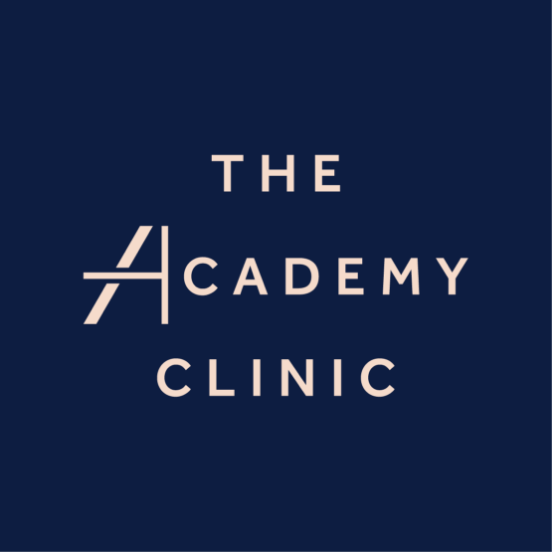

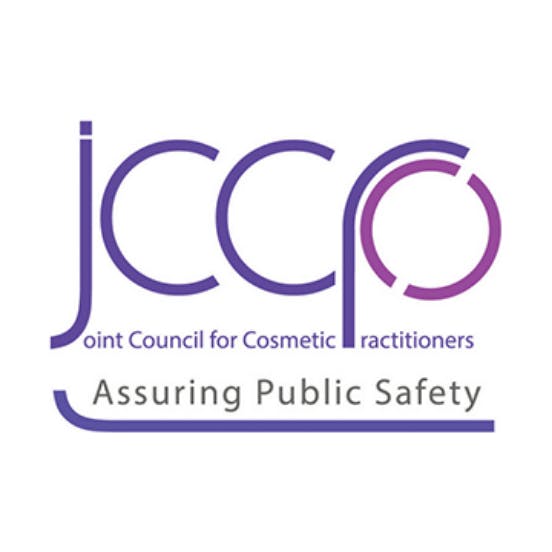
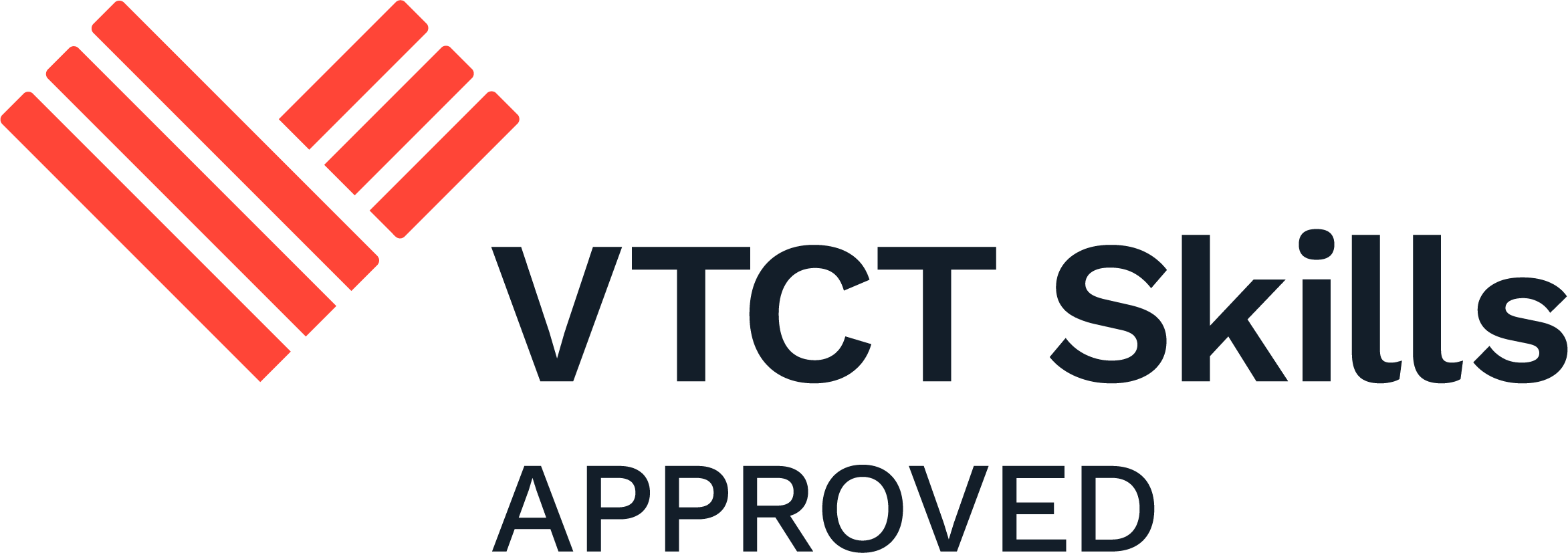

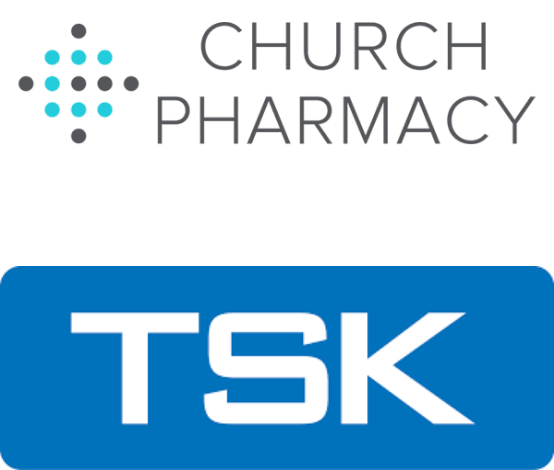
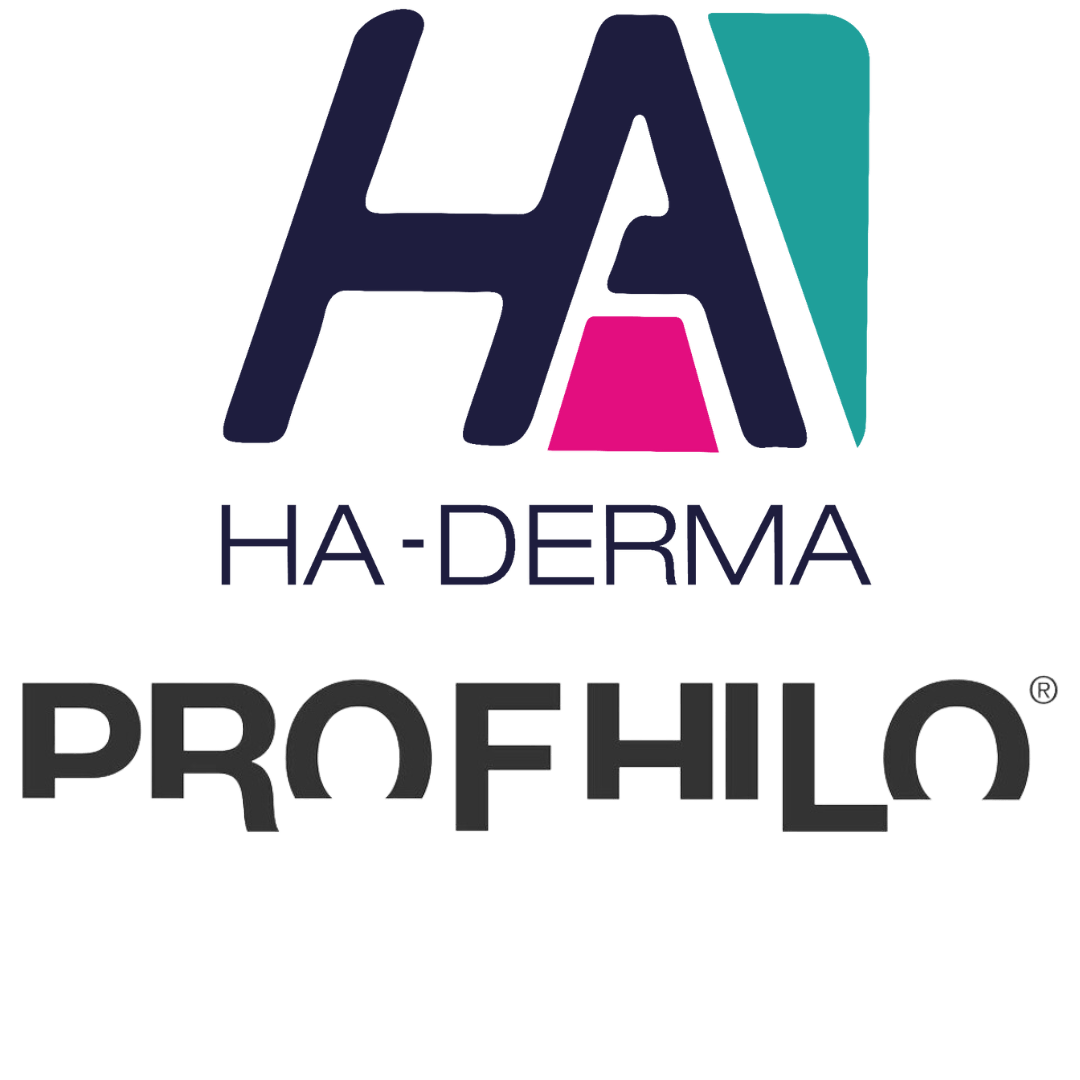
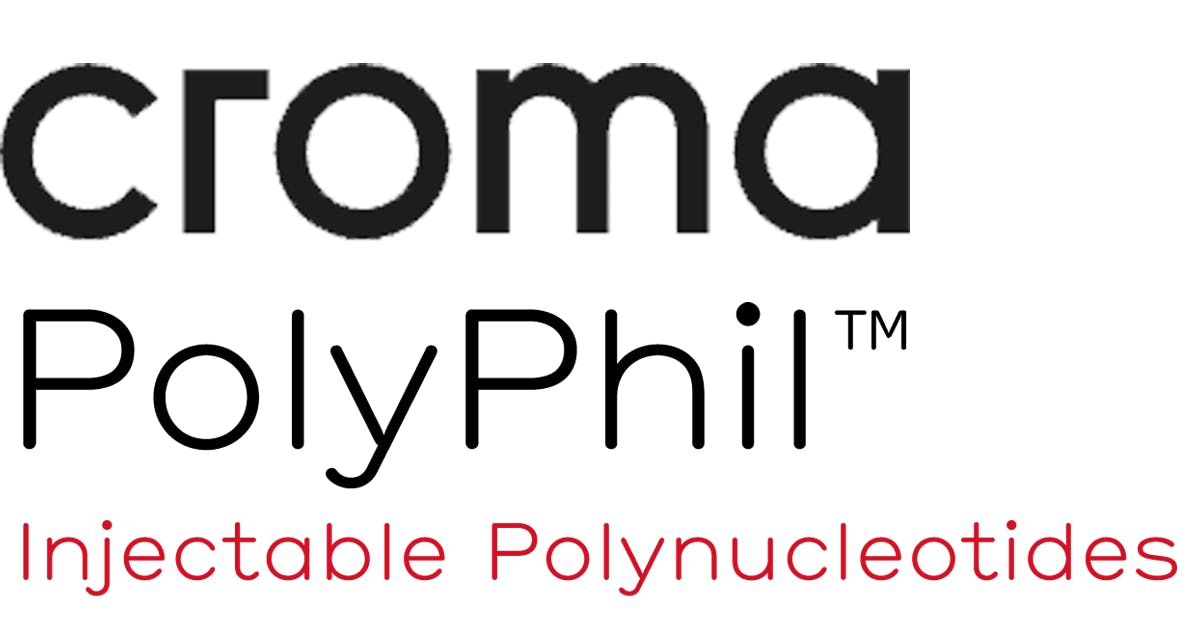
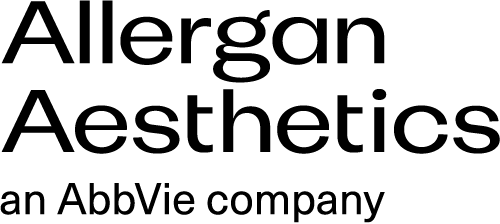
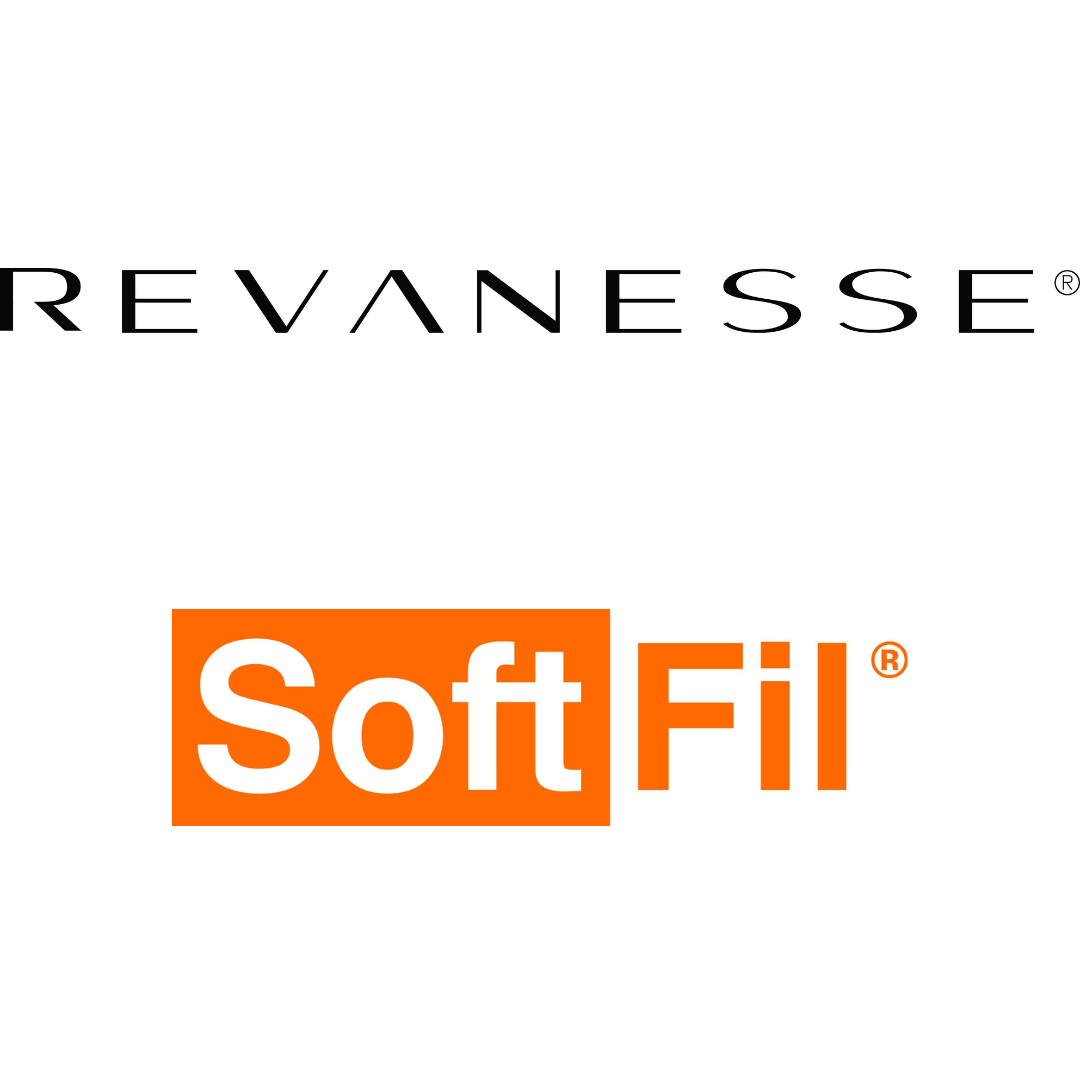

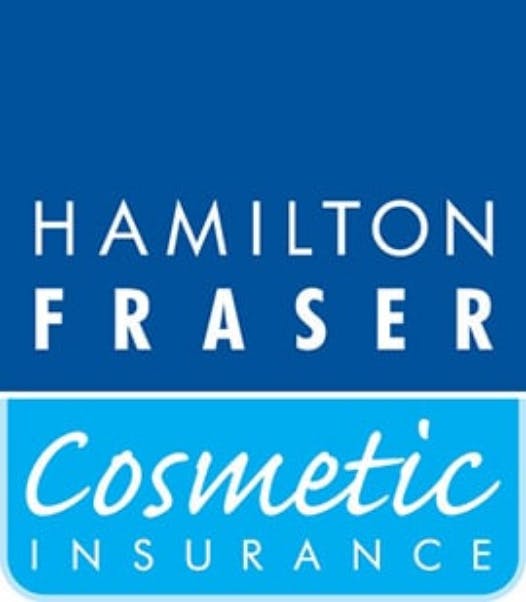
STAY INFORMED
Sign up to receive industry news, careers advice, special offers and information on Harley Academy courses and services

